As the old adage goes: it’s better to be safe than sorry. That’s why our cars come with seatbelts and airbags. But what can do you to ensure that your home’s plumbing system, which can and will leak at the most random times, is as safe as possible? Sure, pinhole leaks might not waste too much water, but over time, you could be looking at spending over $50 every year on waster wastage on top of the several-hundred-dollar bill for fixing your copper pipes.
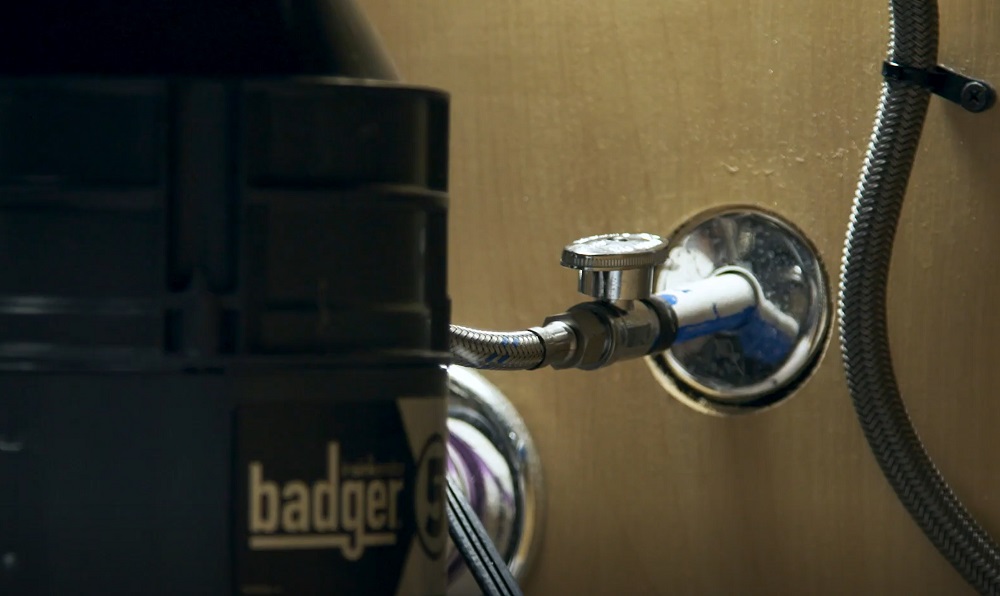
So, what can you do about it? Thankfully, the solution isn’t all that difficult. As a homeowner, it’s your job to try and identify where all of the shut-off valves are. Shut-off valves control the flow of water into your home via faucets, toilets, and showerheads. Your home should have at least two shut-off valves—one for the main water line that connects to city-installed pipes and another for the fixtures inside of your home. In this article, we’ll briefly describe both of these types and how to locate them.
Main Water Shut-Off Valves
The main water shut-off valve controls the flow of water from underground pipes into your home. You can typically find this valve in underground rooms or on an outside wall of your home. If you’re unable to locate this valve, try and consult the home inspection report you received when you first bought your home. It should be marked, circled, or labeled in the report.
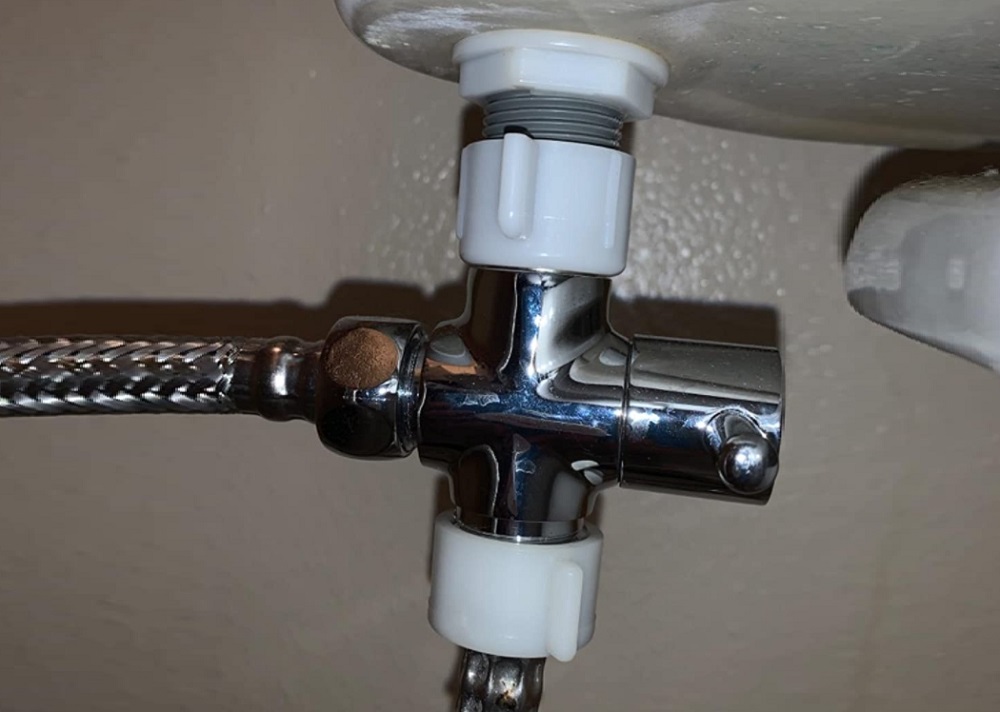
After locating this valve, make sure that you have free access to it. Remove any large objects or part of a wall so that you can open and shut the valve at will. Your home’s pipes are most prone to bursting or cracking during the winter, so make sure you take time out to locate the main water shut-off valve before winter arrives. In the event of burst pipes, you should twist the shut-off valve to the right (clockwise) to prevent flood damage.
Related Post: Best Wireless Water Shut Off Valves
Fixture Shut-Off Valves
Many of the fixtures draw water via a specific pipe. These individual pipes usually have their own valves, known as fixture shut-off valves, that let you control the flow of water to wherever they supply water. When certain pipes or fixtured need to be repaired, you’ll need to close the appropriate valve.
You can cut off the water supply to your home entirely by closing the main water valve, but this means the rest of your home will have to go water-less until the specific pipe’s problem is fixed. Instead of doing this, try and locate the valve for the relevant fixture. You can usually find them around each fixture—underneath sinks, behind toilets, etc. Please note that fixtures that use both cold and hot water will have one shut-off valve for each line.
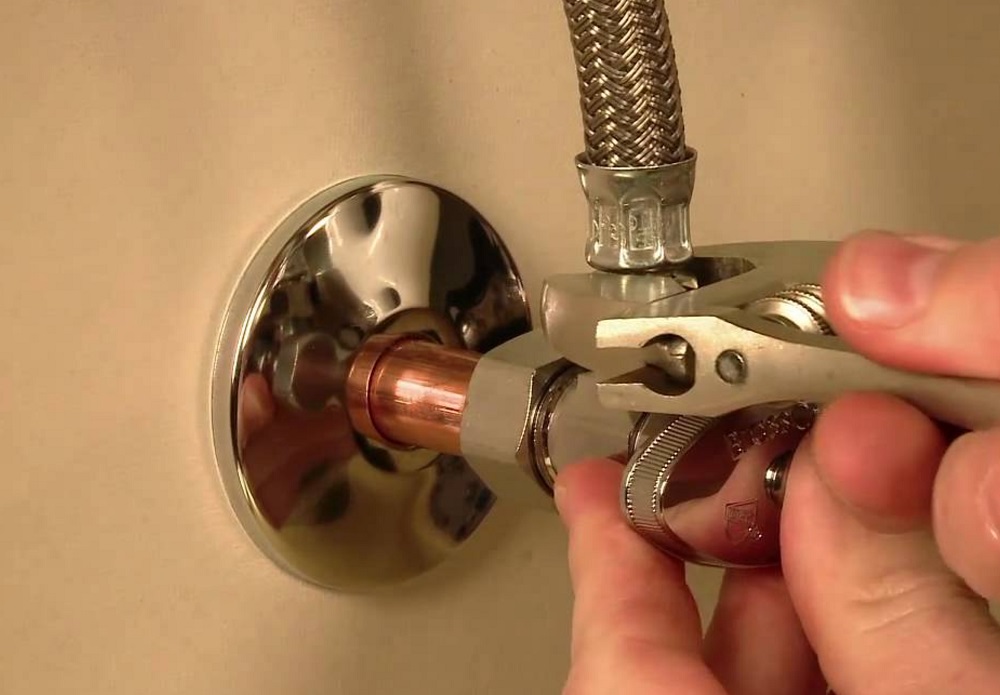
Types of Valves
Unless you built your home from scratch, you probably had no say in what types of valves were installed. Below, we’ll quickly go over the six most widely used shut-off valve types.
Ball Valves
Ball valves use a hallowed, perforated ball that pivots inside of the valve. A lever lets you control the water flow rate into your home or through fixtures by turning it up to 90 degrees.
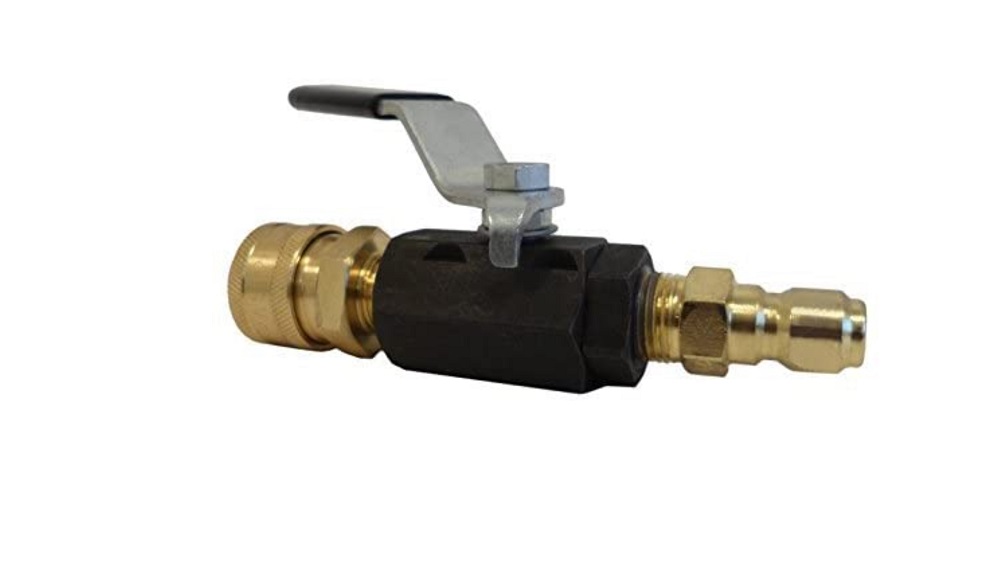
This is an all-or-nothing type of valve, meaning that it either lets water flow freely into your home or not at all. That’s why they’re mainly used to open and shut main water lines.
Gate Valves
Gate valves are what you’d typically picture a valve to look like. It serves as a connector between two pipes where a rotating wheel lever raises and lowers a tiny gate inside of the mechanism.
Like ball valves, this is an all-or-nothing type of valve used to open and shut main water lines. This type of valve is more common in industrial applications rather than in home settings. However, you might find that one on a pipe that leads to your home’s water heater.
Globe Valves
Globe valves look similar to ball valves. In fact, they rely on the same ball mechanism that controls the flow of water. The main difference between them is that globe valves allow for variable water flow rates.
Instead of using an internal ball, there’s a plunger mechanism that moves across a water port. You’ll typically find globe valves on pipes leading to fixtures that don’t require maximum water pressure to serve as a dead-end for your home’s plumbing.
Angled Valves
Angled valves are used for fixtures. They come in many forms, but the main feature across all angled valves is an oval handle with ribbed edges. Their angled designs make them ideal for pipes in cramped spaces, such as under kitchen and bathroom sinks. A quarter-turn is all it takes to stop and start the flow of water to certain fixtures.
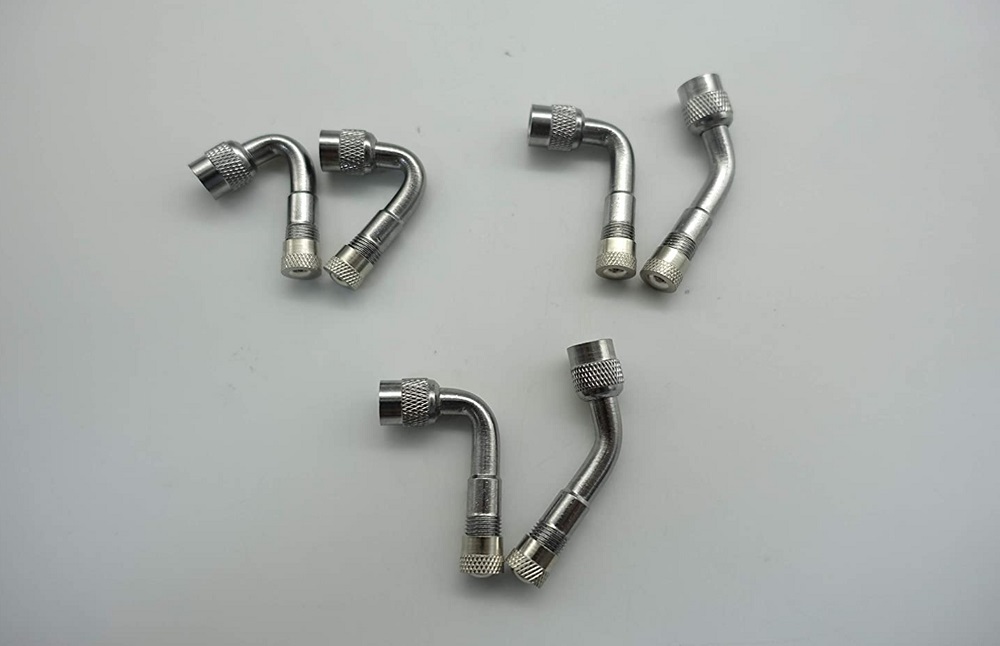
Straight Valves
Straight valves are also used to start and stop the supply of water to fixtures. The only difference between straight valves and angled valves is their design—this type of valve allows water to run directly to the fixture without bends or turns. You’ll find this type of valve closer to the ground where pipes run vertically toward a fixture.
Stop-and-Waste Valves
This type of water valve is mainly used outdoors. It helps keep water sprinkler lines from bursting in the winter by removing water from the pipes when turned to the off position.
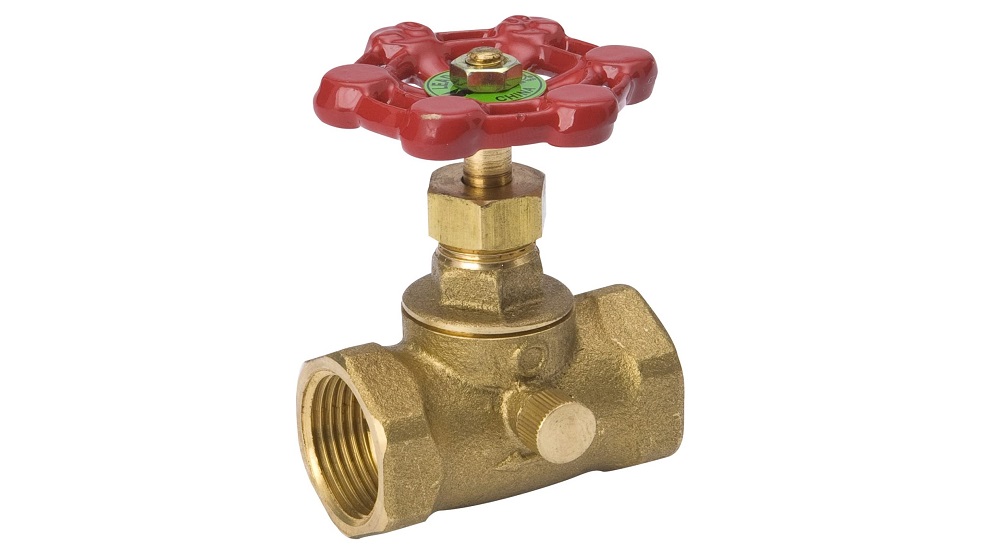
You’ll need a meter key to open and shut this valve. Unless you received one when you moved in or installed one later on, it’s safe to assume that your home doesn’t have a stop-and-waste valve.
Additional Plumbing Care Tips
It’s generally a good idea to inform everyone in your household of the locations of every shut-off valve and how to use them. The more people working together, the less of a risk burst or leaky pipes become.
Also, consider picking up a wireless water detector. Some of the best wireless water detectors are calibrated to identify the presence of even the tiniest pinhole leaks in pipes by how calculating average water consumption over a period of months and identifying waste.
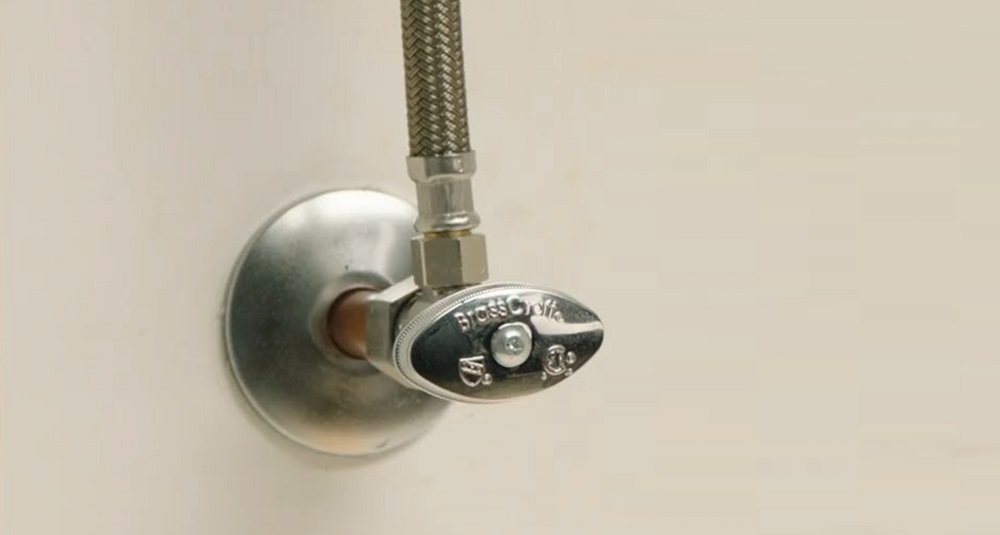
If you have any questions or comments, please add them below in the comment section. Similarly, please let us know if you spot any mistakes or omissions. Thanks!
Last Update: 2024-04-23 | Affiliate links/Images from Amazon Product Advertising API












